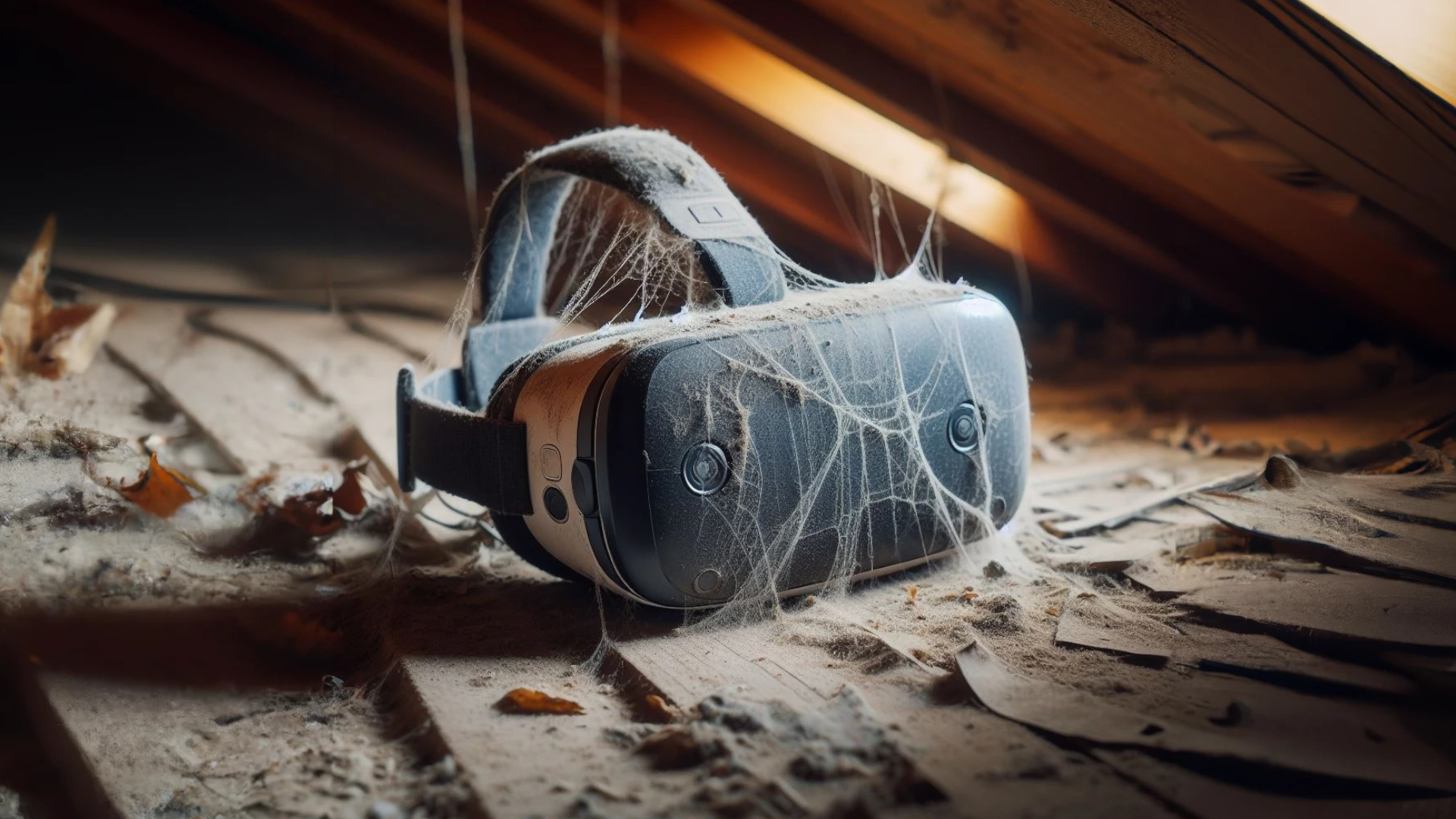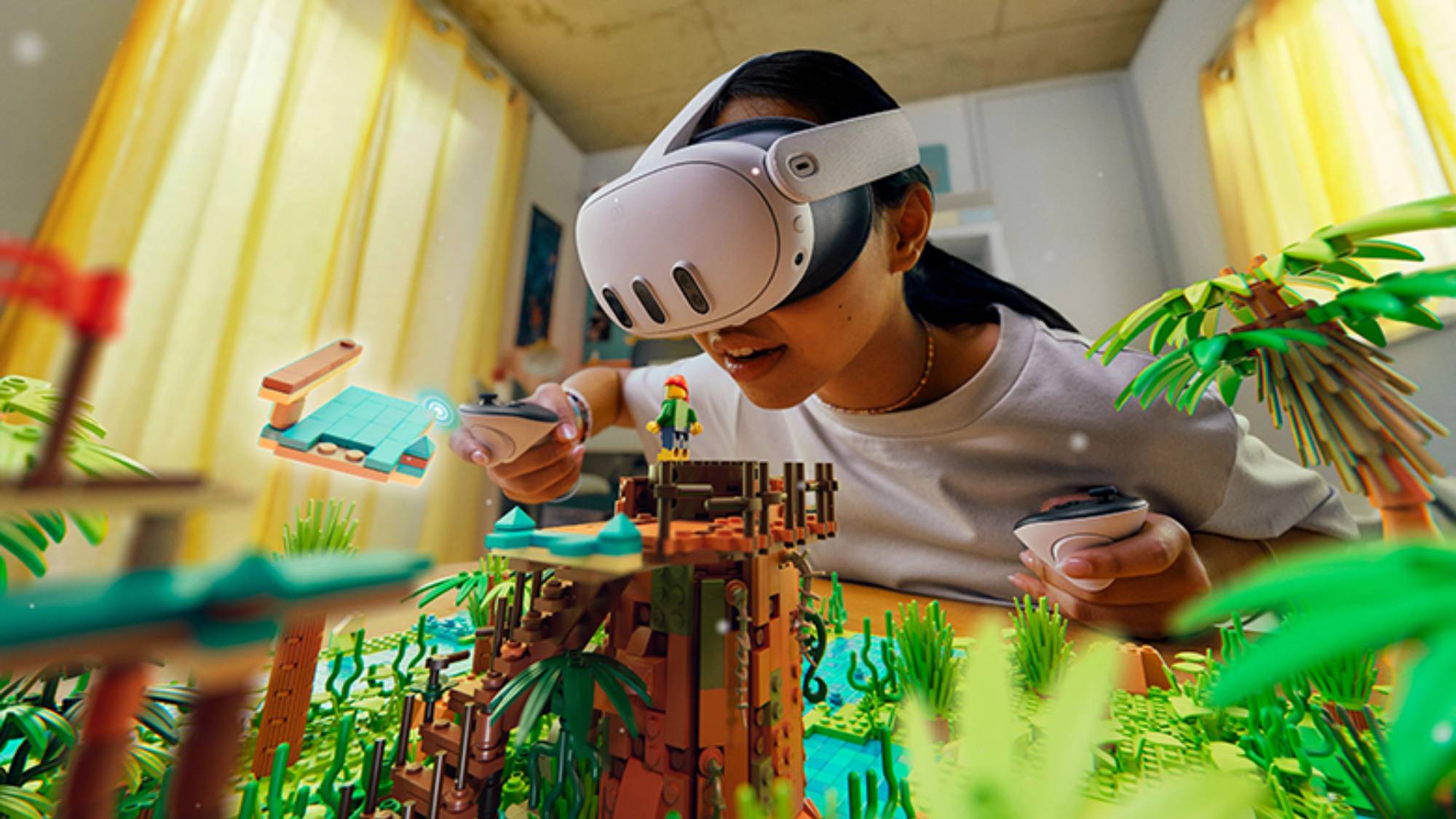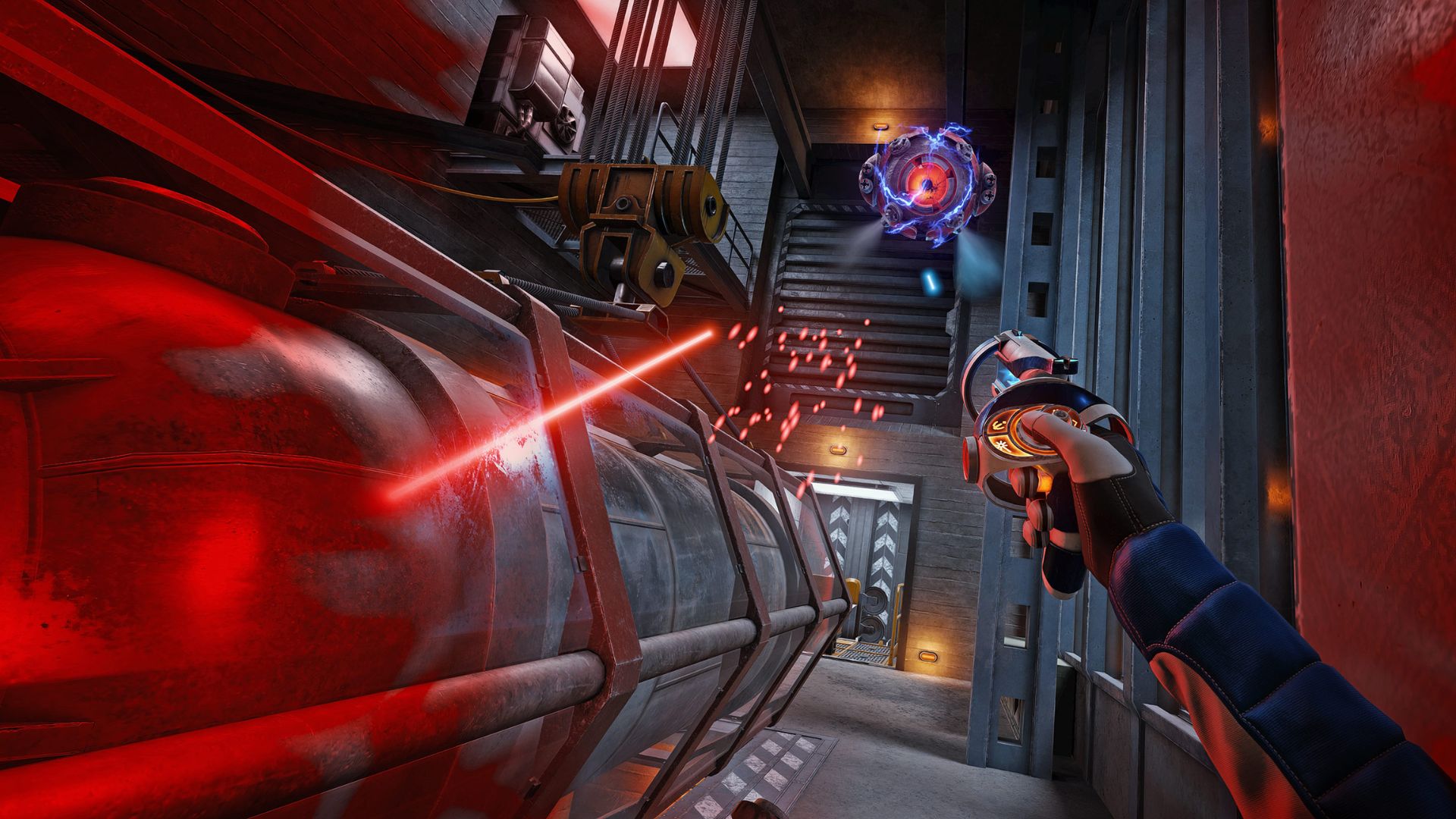
Enthusiasm for VR has waxed and waned over the last few years, with its peaks being far more short-lived than its troughs. Back before Meta consumed the Oculus branding, VR seemed to be a sure-fire bet for the future of gaming. It was innovative and threatened to add a whole new dimension to how we play games and interact with our devices (literally).
But after the fuse was lit, and headsets like the Oculus Rift, HTC Vive, and PSVR were primed and ready for take-off, what should have been a rocketing revolution and an explosion of enthusiasm for the medium turned out to be a bit of a damp squib.
Virtual reality: An inevitable future, or the eternal dud?
VR never quite captivated wider audiences in the way many expected, and while it had its successes, each short-lived victory left a series of failures in its wake.
The most popular VR headsets of its kind are undoubtedly the Oculus/Meta Quest lineup. The affordable VR headset reportedly managed to sell nearly 20 million units as of March 2023. By contrast, it’s estimated that the (likely) second highest-selling option, Sony’s console-based PSVR headsets, could be scraping by with only six million units sold in total. Sony even cut its production plans by 20% after initial sales died down.
Meanwhile, other headsets need help managing even that, the Pico 4 suffered a disastrous launch falling short of expected sales and may have resulted in the cancellation of its follow-up. Even in the face of its impressive Quest 2 success, Meta’s premium Quest Pro headset was a flop, and the Quest 3 is currently underperforming in sales too.
There’s good news, though: annual unit sales of VR headsets have reportedly increased year-on-year since 2021, albeit slowly and below expectations. While this growth, no matter how small, is still a positive, VR headsets have a bigger problem: user retention.

VR headsets are gathering dust
It would appear that once the initial buzz of VR wears off, people are typically leaving their VR headsets to gather dust. I was one of them, though I’ve recently found my second wind for the platform.
Sadly, the number of engaged VR users doesn’t hold up when compared to headsets sold. Clearly, after enjoying a few of the key titles available on these platforms, people are simply moving on from VR and returning to 2D.
Steam, the largest game distribution platform in the world, serves over 120 million users every month. According to a December 2023 survey of those users, only 1.84% of those users were using a headset — with over 37% of that number using the Oculus/Meta Quest 2. That’s the PCVR market, too, remember — the most diverse collection of VR software there is, typically available at the most accessible prices.
It might not be a hardware issue
There’s growing sentiment that VR headsets aren’t the problem, but the lack of killer exclusive titles and must-use software is. There has, however, been a recent surge in key titles arriving on the market from popular franchises and familiar IPs like Ghostbusters, Assassin’s Creed, Stranger Things, and EA’s F1.
Still, look around the rest of these marketplaces and you’re likely to be treated to indie-level alternatives to the most popular gaming titles around. There’s no “Fortnite”, but there is “Population One”. There is no “Counter-Strike 2”, but there is “Pavlov VR”.
The lack of AAA titles available in VR holds the medium back considerably, with even VR support for (or ports of) titles like “Elder Scrolls V: Skyrim”, “Fallout 4 VR”, and “Doom VFR” all feeling like afterthoughts or half-baked experiments.

Once the great big-name VR titles are out of the way (like “The Walking Dead: Saints and Sinners”, “Resident Evil 4”, and “Half-Life: Alyx” to name a few), it seems the lack of any further genuine AAA experiences from franchises like “EA Sports FC”, “Grand Theft Auto V”, or “Call of Duty.” In turn, VR users appear to be giving up on these platforms to get their AAA fix elsewhere.
Which, aside from being a shame, as many of the available non-AAA VR games available today are fantastic, makes the case that there’s as much responsibility for developers to make VR/AR/MR a success, as there is for the hardware manufacturers. At present, only one side of this partnership is lacking, and it’s not companies like Meta, Valve, HTC, Pico, or Sony.
Outlook
Eventually, something has to give. The year ahead is a massive one for VR/AR/MR headsets with the Meta Quest 3 hoping to improve its flagging sales and Apple’s Vision Pro headset currently available for preorder ahead of a February 2 release.
Valve is also rumored to be working on a follow-up to the Index, with a potential mid-2024 release in mind, and even LG is rumored to be piecing together a trio of mixed-reality headsets for release next year.
There hasn’t been this much focus placed on VR since its initial boom and swell in popularity. The stage is once again set for VR headsets to prepare to take flight. But in an industry where failing hardware rarely gets a second chance to shine, if 2024 doesn’t have the software to match the hardware, VR may fall off entirely — leaving only AR/MR to take its place and fight the same losing battle.





!["[T]he First and Fifth Amendments Require ICE to Provide Information About the Whereabouts of a Detained Person"](https://images.inkl.com/s3/publisher/cover/212/reason-cover.png?w=600)

